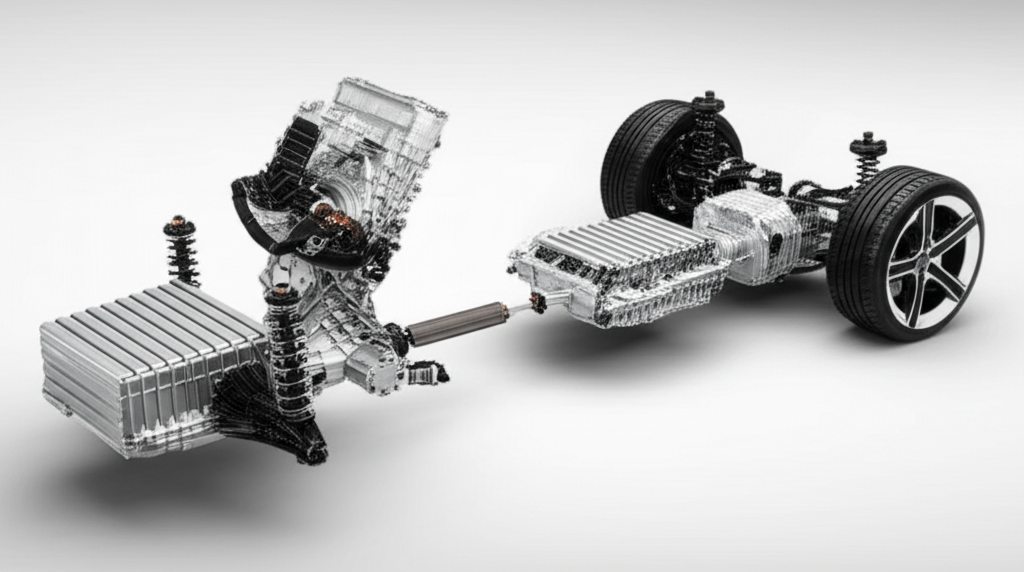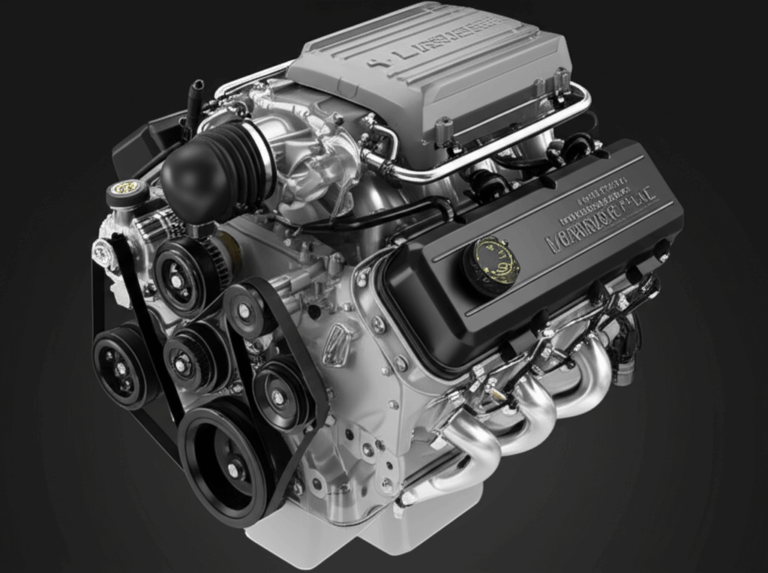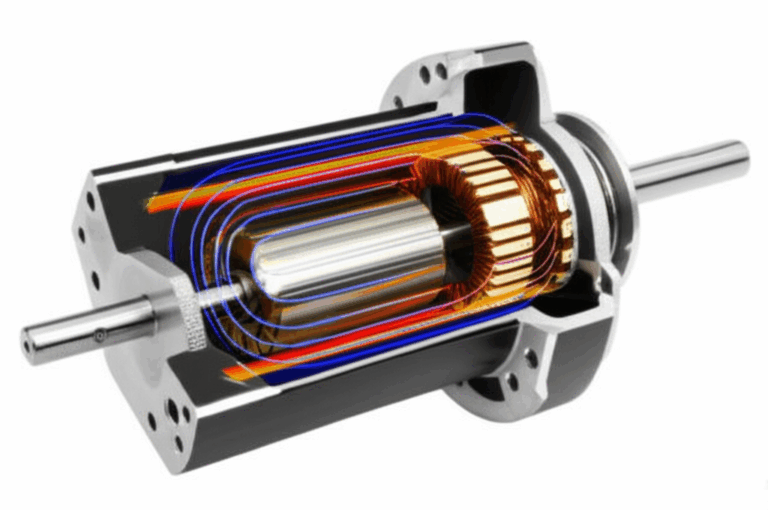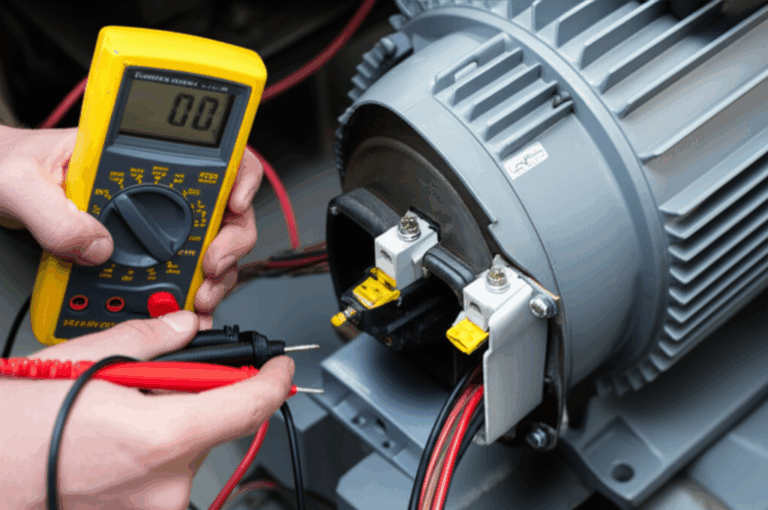
Porsche Taycan Electric Motor: Core Design & Engineering Takeaways for Automotive Designers
Every so often, a vehicle comes along that doesn’t just raise the bar—it completely redraws the blueprint. For high-performance electric vehicles, that vehicle is the Porsche Taycan. As a design engineer, product manager, or R&D specialist, you’ve likely seen the headlines and the lap times. But the real story, the one that holds actionable lessons for your next project, lies deep within its powertrain, specifically in the design philosophy of its electric motors.
If you’ve ever wrestled with the challenge of maximizing power density, managing thermal loads under extreme conditions, or integrating a powertrain that feels both ferociously powerful and impeccably refined, you’re in the right place. The Taycan’s motor isn’t just a component; it’s a masterclass in holistic system engineering. We’re going to peel back the layers of its groundbreaking design to uncover the core takeaways that you can apply to your own work, moving beyond the marketing and into the critical engineering principles that set it apart.
What We’ll Cover
- The Taycan’s Motor Architecture: Understanding the foundation of its high-performance PMSM and 800-volt system.
- Groundbreaking Design Innovations: A deep dive into hairpin windings, advanced thermal management, and Silicon Carbide inverters.
- Material Selection & Optimization: Exploring the strategic choices in magnets, steel, and lightweight components.
- Engineering for Performance, Efficiency, and NVH: How Porsche balanced raw power with the refined experience expected of a luxury EV.
- Manufacturing and Scalability Insights: Translating cutting-edge design into viable, high-volume production.
- Key Takeaways for Designers: Actionable principles to guide your next-generation EV powertrain projects.
The Taycan’s Motor Architecture: Foundations of High Performance
At the heart of the Taycan’s soul-stirring performance are two advanced Permanent Magnet Synchronous Motors (PMSM), one powering each axle in all-wheel-drive models like the Turbo and Turbo S. But calling them “motors” is an oversimplification. They are highly integrated drive units, and their design brilliance starts with two foundational choices: the use of PMSMs and the pioneering 800-volt system architecture.
Permanent Magnet Synchronous Motors (PMSM): The Choice for Power Density
Porsche opted for PMSMs, specifically with Interior Permanent Magnet (IPM) rotors, for several key reasons that directly impact performance. In a PMSM, powerful rare-earth magnets are embedded within the rotor. As the electronically controlled, rotating magnetic field is generated in the stator, the rotor’s magnets are pulled along with extreme precision and force.
For a designer, the key advantage of an IPM design is its exceptional power and torque density. The magnets provide a powerful, constant magnetic field without requiring electrical energy, which makes the motor inherently efficient. This design allows for a smaller, lighter motor for a given power output—a critical factor when you’re trying to build a performance car that still handles like a Porsche. Furthermore, this architecture provides strong regenerative braking capabilities, allowing the Taycan to recapture a significant amount of energy during deceleration.
The 800-Volt System: A Paradigm Shift in EV Design
Perhaps the most talked-about innovation is the Taycan’s 800-volt system, a first for a production EV, doubling the industry’s typical 400-volt standard. Think of it like water pressure. To deliver a certain amount of power (water flow), you can either use a wide, low-pressure hose or a thinner, high-pressure hose. The 800-volt system is the high-pressure hose.
By doubling the voltage, Porsche could halve the current for the same power delivery (Power = Voltage x Current). This simple change has a cascade of game-changing benefits for designers:
Groundbreaking Design Innovations and Their Benefits for Designers
Building on its 800V foundation, Porsche integrated several key innovations into the motor itself. These aren’t just incremental improvements; they represent a fundamental rethinking of how to extract maximum performance from an electric motor.
Hairpin Winding Technology: The Art of Power Density
One of the most significant advances within the Taycan’s stator is the use of “hairpin” windings. Traditionally, electric motors are wound with round copper wire, which, no matter how tightly packed, leaves small air gaps. This limits the amount of copper you can fit into the stator slots, a metric known as the “copper fill factor,” typically around 45-50%.
Porsche’s hairpin technology replaces round wires with solid, rectangular-profiled copper bars that are bent into a hairpin shape before being inserted into the stator’s laminated core. The ends are then laser-welded together to form the complete winding.
Why does this matter for a designer?
- Massively Increased Power Output: Hairpin windings allow for a copper fill factor of up to 70%. More copper in the same space means you can push more current through the stator, generating a stronger magnetic field and, consequently, much higher power and torque from a motor of the same size.
- Enhanced Thermal Dissipation: The solid copper bars have better thermal contact with the surrounding stator core lamination than round wires. This creates a much more effective pathway for heat to escape from the windings into the cooling jacket, which is critical for preventing overheating during high-load operation.
The challenge, however, lies in manufacturing. This process requires extreme precision in forming, inserting, and welding hundreds of individual copper hairpins. As a designer, this means that embracing this technology requires close collaboration with manufacturing engineering to ensure the design is optimized for automated production.
Advanced Thermal Management: The Key to Sustained Performance
Porsche knew that repeatable performance was non-negotiable. To achieve this, they engineered one of the most sophisticated thermal management systems on the market. It’s not just about having a radiator; it’s a multi-circuit liquid cooling system that treats the motors, power electronics, and battery as an interconnected ecosystem.
Inside the motor, the stator is enclosed in a water-glycol cooling jacket, a common practice. What’s less common is the attention paid to the rotor. The rear axle motor, which does the heavy lifting, features a sophisticated direct oil spray system. Cooling oil is injected into the hollow shaft of the rotor core lamination and, through centrifugal force, is distributed throughout the rotor’s internal structure, directly cooling the magnets and rotor laminations before being extracted and cooled.
This dual-pronged approach—water cooling for the stator and direct oil cooling for the rotor—is a crucial takeaway. It demonstrates that for true high-performance applications, you can’t treat the motor as a single thermal mass. You must design targeted cooling strategies for the distinct thermal loads of each major component.
Power Electronics Integration: The Role of Silicon Carbide (SiC)
The inverter is the motor’s brain, rapidly switching DC power from the battery into the AC power needed to create the rotating magnetic field. The Taycan’s inverters leverage Silicon Carbide (SiC) MOSFETs instead of traditional silicon-based Insulated-Gate Bipolar Transistors (IGBTs).
SiC is a wide-bandgap semiconductor with superior properties for high-power, high-frequency applications. For a designer, integrating SiC offers several advantages:
- Higher Efficiency: SiC inverters have significantly lower switching losses, meaning less energy is wasted as heat during the power conversion process. This contributes directly to increased vehicle range and better overall powertrain efficiency.
- Higher Switching Frequencies: They can operate at much higher frequencies than IGBTs. This allows for smoother power delivery and can even help in optimizing the motor’s acoustic profile (NVH).
- Compact Packaging: Because they run more efficiently and can tolerate higher temperatures, SiC inverters and their associated cooling systems can be made smaller and lighter, freeing up valuable packaging space.
Material Selection & Optimization: Performance and Sustainability
A world-class design is underpinned by world-class material science. Porsche’s choices reflect a meticulous balancing act between raw performance, efficiency, weight, and even supply chain considerations.
- Rare Earth Magnets: The IPM rotors use high-grade neodymium magnets, which offer the highest magnetic field strength for their size. This is central to achieving the Taycan’s incredible power density. The design challenge here is managing the heat, as these magnets can begin to lose their magnetic properties (demagnetize) at very high temperatures, a risk mitigated by the direct oil cooling system.
- High-Grade Electrical Steel Laminations: The stator and rotor cores are built from stacks of very thin, insulated electrical steel laminations. The choice of material and the thickness of these laminations are critical for minimizing core losses—specifically hysteresis and eddy current losses. Thinner, higher-grade electrical steel laminations significantly reduce these energy-wasting effects, especially at the high rotational speeds (up to 16,000 RPM) the Taycan’s motors achieve.
- Lightweight Housing: The motor and gearbox housings are made from lightweight die-cast aluminum, contributing to the overall low weight of the drive units. Every gram saved in the powertrain improves vehicle dynamics and efficiency.
Engineering for Performance, Efficiency, and NVH
Raw power is one thing; shaping it into a premium driving experience is another. Porsche’s engineers dedicated immense effort to refining the motor’s behavior across every metric.
Mitigating Noise, Vibration, and Harshness (NVH)
In the silence of an EV cabin, sounds that would be masked by an internal combustion engine become prominent. The subtle whine of the motors and gearboxes is a primary focus for NVH engineers. Porsche addressed this by:
- Optimizing the Magnetic Circuit: The specific shape and arrangement of the magnets in the rotor and the windings in the stator were designed to minimize torque ripple, a primary source of tonal noise.
- Precision Manufacturing: Extremely tight manufacturing tolerances for the motor core laminations, air gap between the rotor and stator, and gearsets are essential.
- Acoustic Encapsulation: The motors are housed within acoustically dampened enclosures and mounted to the subframe using specially tuned bushings to isolate vibrations from the vehicle’s chassis.
For designers, the lesson is clear: NVH must be a core design parameter from the very first concept sketch, not an afterthought to be fixed with sound deadening material.
Two-Speed Rear Transmission
While most EVs use a single-speed gearbox, Porsche fitted a proprietary two-speed transmission to the Taycan’s rear axle. This was a strategic engineering trade-off.
- First Gear: A shorter gear ratio provides massive torque for stunning off-the-line acceleration.
- Second Gear: A longer gear allows the motor to operate in a more efficient RPM range at higher vehicle speeds, improving range on the highway.
This allows the motor itself to be optimized for high-RPM power rather than low-end torque, enabling it to be smaller and lighter. It’s a prime example of thinking about the motor and transmission as a single, synergistic system.
Key Takeaways and Actionable Insights for Designers
So, what can you, as a designer or engineer, take away from the Taycan’s motor and apply to your work?
Conclusion: Shaping the Future of Electric Propulsion
The Porsche Taycan’s electric motor is more than just a piece of hardware. It’s a statement of intent and a functional blueprint for the future of high-performance electric propulsion. It proves that with a first-principles approach to engineering, the perceived limitations of electric vehicles can be systematically dismantled.
For designers and engineers, the Taycan offers a rich case study in the power of integrated design. By pushing the boundaries with 800-volt architecture, mastering the complexities of hairpin windings, and engineering a thermal management system that refuses to quit, Porsche has provided a set of clear, actionable lessons. The challenge now is to take these principles and apply them to create the next generation of electric vehicles that are not only fast and efficient but also durable, refined, and exhilarating to drive.








